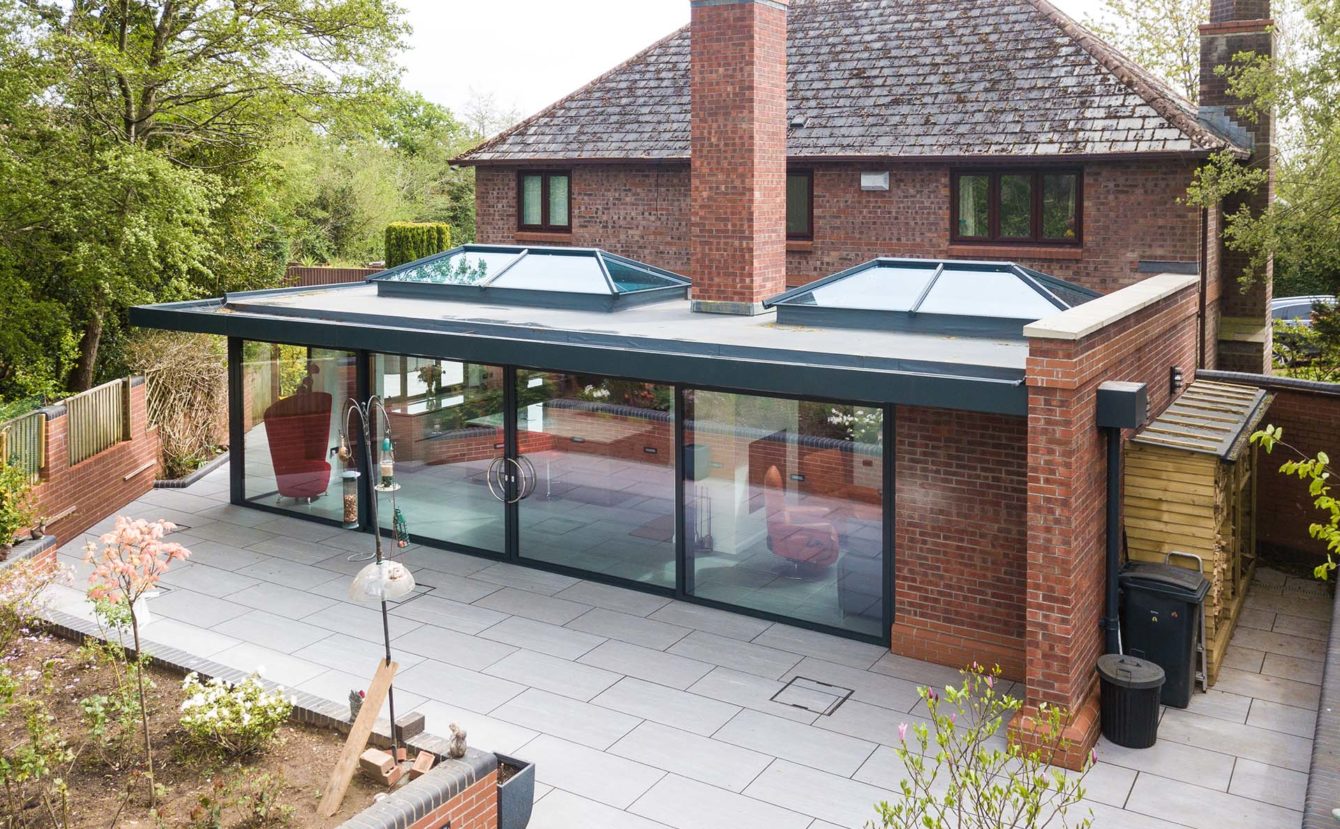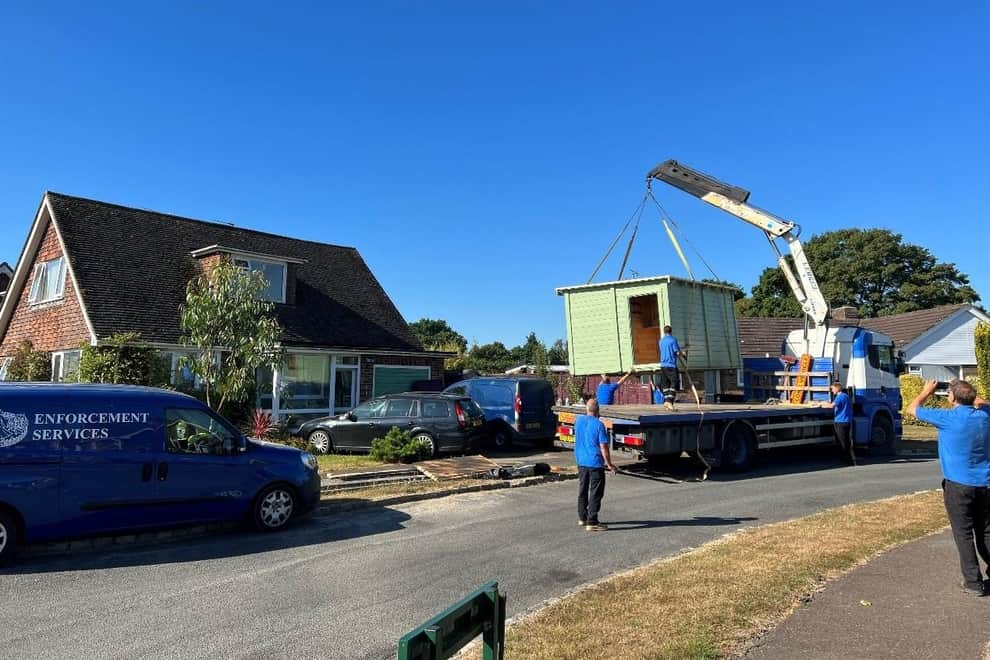What is the difference between Permitted Development, Planning Permission and Building Regulations?
When you are planning changes, additions, or improvements to your home, understanding the permissions that you need can be daunting, but this aspect is critical to the success of the project and your peace of mind.
We explore the distinct requirements under planning permission, which permitted development rights fall under, and building regulations ─ and explain how we help to make the process as straightforward as possible for you.

Two distinct pieces of legislation
Planning permission and building regulations approval (also called building control) are separate requirements as they are covered by two distinct pieces of legislation.
Sometimes a project may require both, sometimes only one is necessary. However, it’s important to remember that because each is totally distinct from the other, one does not grant consent for or affect the other in any way.
In brief
In two sentences it’s possible to explain the key difference between each of these requirements:
Planning permission assesses whether a development is compliant with local and national policies and whether it may cause any adverse effects, for example to a neighbour’s quality of life.
Building regulations cover structural, safety and accessibility aspects of a development.
Planning permission explained
When is planning permission required?
Planning permission is likely to be required if you intend to:
- build something new
- make a major change to your home, such as building an extension
- change the use of a building.
To understand whether your project will need planning permission, you should contact your local planning authority (or LPA) though your local council.
How do I apply?
Planning permission applications are made to your LPA via your local council.
When you come to make your planning application, it is important to make sure that a fully completed set of forms is submitted. Also, where applicable, accurate scale drawings should accompany your application.
A ‘design and access statement’ or DAS is often needed along with the completed application forms. A DAS explains how the proposed development is suitable to its site and setting, and demonstrates that it can be adequately accessed by its users.
What is assessed?
Your local planning authority (LPA) will decide whether to grant planning permission for your project based on its development plan. The LPA does not consider whether local people want it.
To decide whether a planning application fits with its development plan, the LPA will look at:
- the number, size, layout, siting, and external appearance of building(s)
- the infrastructure available, such as roads and water supply
- any landscaping needs
- what you want to use the development for
- how your development would affect the surrounding area – for example, if it would create lots more traffic, or affect the quality of life of neighbouring homes.
How long will it take?
On average, planning applications are assessed and a decision made within eight weeks.
Permitted development
There are exceptions to planning permission. Certain buildings fall within the criteria of ‘permitted development rights’.
Permitted development is a national right for homeowners to make improvements and alterations to their property without needing planning permission. The type of work permitted includes rear and side extensions, and replacing doors and windows.
These rights are more limited if you live in a conservation area or an Area of Outstanding Natural Beauty (AONB).
The best way to be sure whether your proposed project falls under permitted development rights, or requires planning permission, is to contact your local planning authority and discuss your proposal before any work begins.
Enforcement of planning permission
If a project requires planning permission, but the work is undertaken without obtaining it, this constitutes a planning breach and an ‘enforcement notice’ may be served.
Retrospective planning permission can be applied for, but it may not necessarily be granted.
An enforcement notice can order all the changes and work to be undone.
As an example, in August of 2022 Rother District Council took action to remove a summer house from a property in Rye, which had been constructed without planning permission. The homeowner involved was required to pay a fine and prosecution costs.

Building regulations explained
What are building regulations?
Building regulations or ‘building control’ are minimum standards for design, construction and alterations to almost every building. These regulations have been developed by the UK government and approved by Parliament.
The regulations are formed from a series of Approved Documents that cover the technical aspects of construction work.
The pupose of building regulations is to ensure that buildings are safe for people who use them or are in close proxity to them. The standards they uphold include:
- public safety and health
- the welfare and convenience of people using the building
- protecting the environment
- reducing climate change.
When is approval required?
Most building work requires building regulations approval. This is the case whether the work being carried out is for a new construction, alterations, an extension or change of use.
Building control approval is required for (and not limited to) the following types of building work:
- extensions and loft conversions
- converting a garage into a habitable room
- carrying out certain structural alterations, including replacement windows
- installing cavity insulation
- changing the use of a property
- underpinning
- carrying out drainage works.
Mid Sussex District Council is an excellent source of information for any specific queries.
How do I apply for building regulations approval?
Each local council in England has a building control department, as the council has a duty to ensure that building work complies with building regulations.
You can make a building regulations approval application either by making a full plans application or by submitting a building notice notification.
Full plans application
A full plans application will consist of plans and other information showing all construction details. This should be submitted well in advance of when work is due to start.
Building notice
Plans are not required with a building notice, so it’s quicker and less detailed than the full plans application. It is designed so that certain types of building work can start quickly.
What are the required timeframes?
At certain stages in the construction process, the building control department must be kept informed of the works taking place.
These stages are:
- commencement
- foundation excavations
- oversite preparation
- damp proof course
- oversite concrete
- drains prior to back-filling
- roof structure/beams
- drains test
- completion/occupation
- any other agreed stages.
From a legal perspective, work can begin two working days after an application has been submitted. The intention to start works must have been made clear from the outset.
Support and guidance with building regulations
We work with specialists, Jhai Limited to manage the building regulations application process and all project management requirements.
This makes the process much quicker and, importantly, takes any stress away from our customers.
We have a longstanding relationship with Jhai Limited, who are not only proficient and knowledgeable when it comes to building regulations, they are also experts in many of the products and materials we use. This experience means that the process is very efficient for our customers.
Expertise you can rely on
If you are considering a new project for your home, we have the experience to guide you through the considerations and any permissions you may need.
If you would like to chat about your project, please call us on 01444 45 71 45.